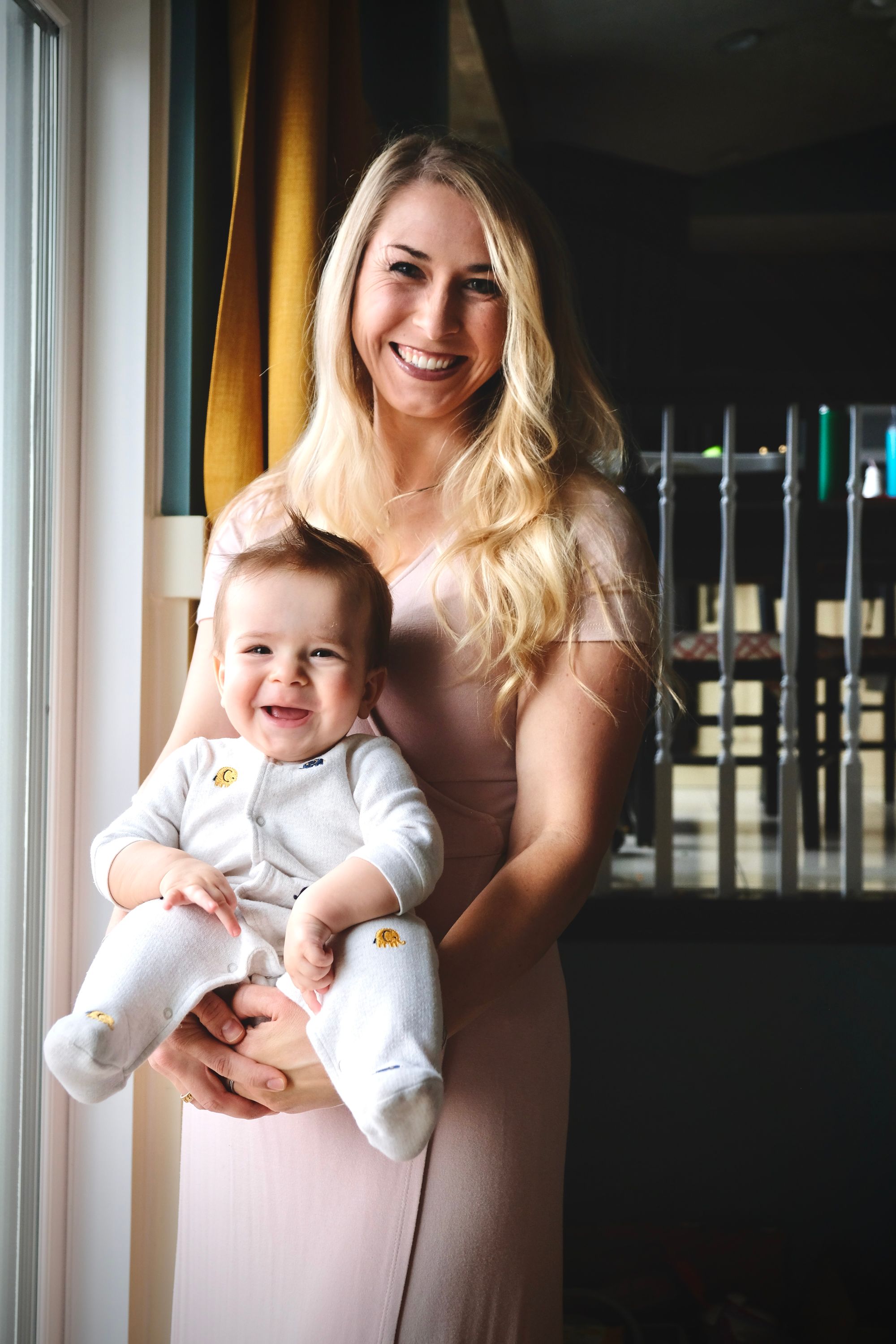If you are looking at C-Section Awareness, you can't have a Vaginal Birth After Cesarean without first having a Cesarean.
What is a VBAC? It's the acronym for Vaginal Birth After Cesarean. Before one achieves a VBAC, a Trial of Labor after Cesarean or TOLAC is the terminology used. The decision to attempt a VBAC is personal, and many women elect a repeat C-Section. If a mother feels safe and secure by electing a repeat C-Section, she should be praised. For those who TOLAC, and have an Unplanned C-Section, they should be celebrated. There is no right or wrong answer. I have now experienced two VBACs, and am very passionate about helping women advocate for themselves for the right to attempt a TOLAC if desired. Many women do not feel they have the option to attempt a vaginal birth after cesarean; and there are certainly some considerations when attempting a TOLAC.
The VBAC Calculator
The VBAC calculator is an algorithm that indicates your likelihood for success of a vaginal birth after Cesarean. Some physicians or hospitals will require a percentage before VBAC support is granted. This percentage should not be regarded as the sole reason to attempt a TOLAC.
In a study by the Mayo Clinic in 2013, the success rate for women in the U.S. who attempted a trial of labor (TOLAC) after one previous cesarean was 70%. After two or more cesareans the percentage was 51%.
Due Date Deadline
If your provider suggests to schedule a repeat C-Section or enforces a deadline (You must go into labor before 39 weeks) they are not VBAC supportive. A VBAC supportive provider can optimize your chance for success of a vaginal delivery. An arbitrary deadline can cause undue stress on a mother, and will not create an atmosphere of serenity. Studies have shown, spontaneous labor is safest for the woman and infant.
Uterine Rupture
One of the considerations in attempting a TOLAC is Uterine Rupture - a rupture can occur in a first delivery, but the statistics show that the risk of uterine rupture for trial of labor after cesarean is 0.47%.
Avoid Induction
Induction with the use of medication can be avoided for a woman who is attempting a TOLAC. The risk of uterine rupture increases by 1.1% if you have Pitocin, 2% if you have prostaglandins, and 6% if you’re given misoprostol to induce labor. Failed inductions have also been known to lead to C-Sections.
There are contraindications or reasons a woman would want to elect a repeat C-Section for her own well being or the well being of the baby. Contraindications include: having a prior classical or inverted T uterine scar, a previous hysterectomy, a prior uterine rupture, placenta previa, or a baby in transverse lie position.
So why did I fight for my VBAC? I knew my body was made to give birth. I was familiar with the long and tedious recovery of a major abdominal surgery, and the pain and limitations that followed for months. I did not want what was convenient for a doctor to dictate how I was “allowed” to deliver. I knew if a C-Section was medically necessary, I would happily undergo the surgery. I have since had 2 unmedicated VBAC's - in March of 2020 and March 2022. But it was not without advocating for myself and immersing myself in education. I started Made Mindful so I could educate and empower other woman to achieve a Mindful Birth. Find out how in our self paced Birth Course.


Sarah’s greatest joy is her family: her husband and boys. In her free time, she loves escaping in a great book, “Sarahnading” on her violin, singing, creating crafts and diy projects, hiking the gorgeous mountains of Utah and skiing. Sarah is a Birth Coach and Certified Birth Doula. She’s had 3 amazing births and is passionate to help you achieve the birth of your dreams.


